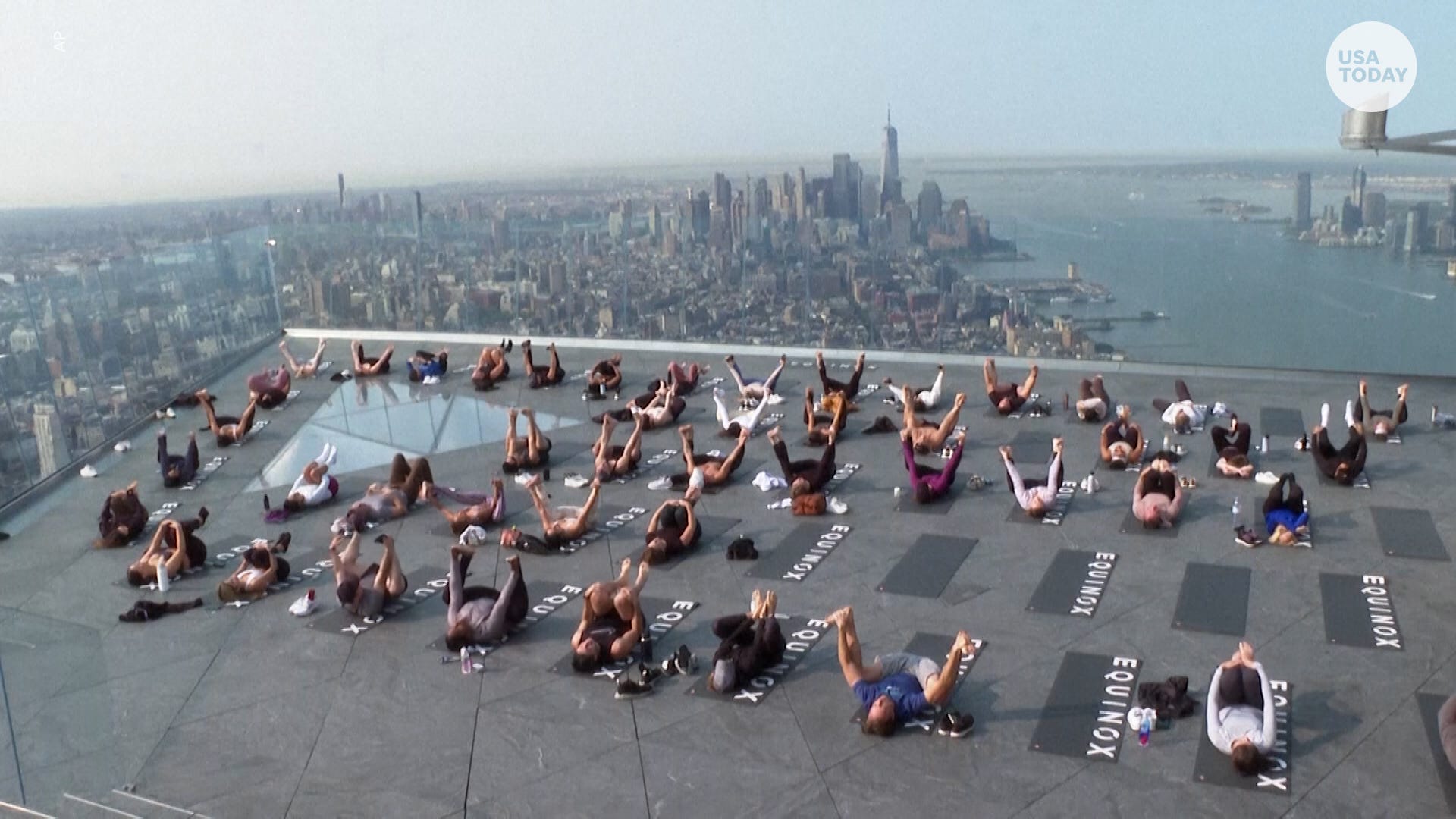Hot yoga has become a popular trend in the world of fitness, with many celebrities and fitness enthusiasts incorporating it into their exercise routines. However, experts warn that hot yoga may not be suitable for everyone and that the heat element is not part of yoga’s spiritual origins.
Hot yoga is simply any form of yoga that is done in a heated environment, typically ranging from 90 to 105 degrees Fahrenheit. It can be practiced in conjunction with standard yoga poses or during rigorous power yoga styles for an intense workout. The concept of hot yoga was originated by Indian-born American yoga guru, Bikram Choudrey, who heated his studio to 105 degrees while performing key yoga postures. This style of yoga quickly gained popularity and is now offered in many studios across various styles.
While traditional yoga practices focus on increasing strength and flexibility, centering oneself, and connecting to the spiritual roots of yoga, hot yoga is primarily about sweating. Many people enjoy the sweating aspect of hot yoga, as it is believed to be good for the skin. It also provides a cardio workout that burns a significant amount of calories compared to traditional yoga styles. However, most of the weight loss attributed to hot yoga is usually just water weight, which is quickly replaced by hydrating.
Hot yoga also enhances breathing techniques, as practitioners need to have a greater awareness of their breath in a heated room. It requires more stamina and endurance, forcing yogis to attune to their breath in a deeper way. Additionally, the heat in the room warms up the muscles, allowing for greater flexibility during stretches. Sweating during hot yoga may also facilitate the release of toxins from the body.
Despite these benefits, hot yoga is not suitable for everyone. It is important to consult with a healthcare provider before engaging in hot yoga, especially for individuals with certain health conditions. There is an increased risk of heat exhaustion and heat stroke, and hot yoga is not recommended for pregnant women or people with asthma. It should also be avoided by individuals with heart conditions, as the heat can make the heart work harder and potentially be dangerous.
To stay safe during hot yoga, it is essential to wear breathable, sweat-wicking clothing and drink plenty of water to prevent dehydration.
In conclusion, hot yoga offers unique benefits such as increased sweating, enhanced breathing techniques, and improved flexibility. However, it is crucial to consider individual health conditions and consult with a healthcare provider before participating in hot yoga to ensure safety.

How does the heated element of hot yoga align with the spiritual foundations of traditional yoga
Ny yoga studios around the world.
The appeal of hot yoga lies in the belief that the heat and humidity help to loosen the muscles and promote flexibility. Sweating profusely is also thought to detoxify the body and aid in weight loss. Many people enjoy the feeling of a deep and intense workout that hot yoga provides.
However, experts caution that there are potential risks and drawbacks to practicing hot yoga. The heat can put strain on the cardiovascular system, especially for those with pre-existing heart conditions. Dehydration is another concern, as excessive sweating can lead to electrolyte imbalances and even heatstroke if proper precautions are not taken. Some individuals may also experience dizziness, nausea, or difficulty breathing in the hot environment.
Furthermore, it’s important to note that the heated element of hot yoga is not inherent to the spiritual foundations of yoga. Traditional yoga focuses on the mind-body connection and finding inner peace, rather than creating a sweaty and intense workout environment. Some purists argue that the focus on the physical aspects of hot yoga may overshadow the spiritual teachings of yoga.
Therefore, it is essential for individuals considering hot yoga to consult with their doctors and listen to their bodies. Those with underlying health conditions or concerns should exercise caution and perhaps opt for yoga classes in a cooler environment. It’s important to be mindful of one’s own limitations and not push oneself too hard in the pursuit of a trend.
In conclusion, hot yoga has become a popular fitness trend, but it may not be suitable for everyone. The heat element is not an integral part of yoga’s spiritual origins, and there are potential risks and drawbacks to practicing hot yoga. It’s crucial to prioritize one’s health and listen to one’s body when deciding whether to incorporate hot yoga into an exercise routine.


“Exploring the skies with yoga? Count me in! The convergence of breathtaking views and peaceful yoga practice sounds like the ultimate way to elevate both body and mind. Excited to witness the rise of sky-high yoga and experience serenity at new heights!”
This exhilarating trend of sky-high yoga not only challenges your physical boundaries but also uplifts your mind and spirit. With breathtaking views and a sense of serenity, it’s time to take your yoga practice to new heights and embrace the beauty of the world from 100 stories above ground.